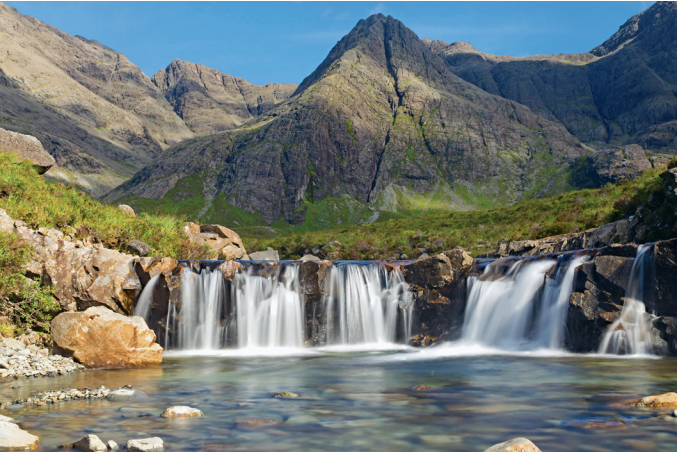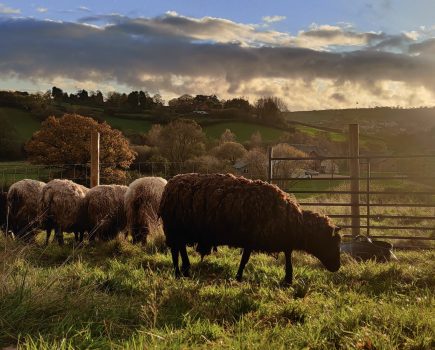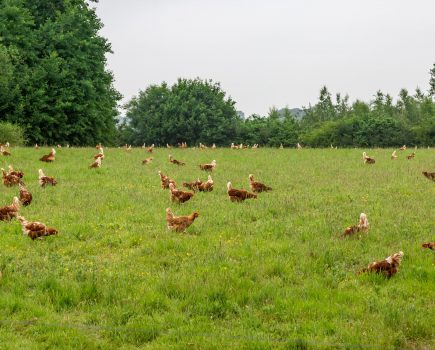Rosemary Champion sets out some of the many options open to those who want to make a complete change of lifestyle on a Scottish Island.
Some of the most beautiful places in the British Isles are to be found on Scotland’s islands. Luskentyre Beach on Harris and the Fairy Pools on Skye are but two of hundreds of islands to be found. Add historic castles, stunning wildlife, amazing prehistoric sites and outstanding natural beauty. And wow!
IF YOU FANCY ISLAND LIVING, YOU HAVE A FAIR NUMBER TO CHOOSE FROM…
The length of the Scottish foreshore is around 18,000km and includes nearly 1000 islands; 118 are inhabited. From the most northerly Shetland Isles, south through the Orkney Isles, sitting less than 20 miles off the north coast of the Scottish mainland; the Western Isles or Outer Hebrides; the Inner Hebrides, which include Skye, Jura, Islay and Tiree, and those further south – Arran, Bute and the Cumbraes – each has its own geology, history and personality – and some have their own breeds, like the North Ronaldsay, Boreray and Soay sheep, the Eriskay pony and the cattle, sheep and ponies of Shetland.
Fair Isle, which is part of the Shetland Isles, is the remotest of the Scottish islands, lying 24 miles south of the Shetland mainland and 27 miles north of the most northerly of the Orkney Isles. Owned by the National Trust for Scotland, the population is around 60 people. The island, just 3 miles long by 1½ miles wide, is served by a ferry and an air service, has a primary school and has had 24 hour electricity since 2018, provided by the Fair Isle Electricity Company. The main industries are crofting, fishing and, of course, the production of the world-famous Fair Isle knitting.
Scotland’s largest island is Lewis & Harris, part of the Western Isles or Outer Hebrides. The other main islands in the archipelago are North Uist, Benbecula, South Uist and Barra. Skye is the second largest and fourth most populous. You don’t need a boat to get to Skye anymore; since 1995, the Skye Bridge has enabled road traffic to directly access the island, running from Kyle of Lochalsh on the mainland to Kyleakin.
But if boats are your thing, there are two ferries – one from Mallaig to Armadale and one from Glenelg to Kylerhea – the MV Glenachulish, the last turntable ferry in the world. And coming south, the islands of Bute, The Cumbraes and Arran. Arran is the largest of the islands in the Firth of Clyde; while the resident population is around 4,700, tourists can raise that number to nearly 20,000 in peak season. Often described as “Scotland in miniature”, like the mainland, it is divided into Highlands and Lowland by the Highland Boundary Fault.
This article extract was taken from the April 2024 edition of The Country Smallholder. To read the article in full, you can buy the issue here.
To receive regular copies of The Country Smallholder magazine featuring more articles like this, subscribe here.
For FREE updates from the world of smallholding, sign up for The Country Smallholder newsletter here.








